
Though printing items like chocolate and pizza might be satisfying enough for some, 3D printing still holds a lot of unfulfilled potential. Talk abounds of disrupting manufacturing, changing the face of construction and even building metal components in space. While it is hard not to get a little bit excited by these potentially world-changing advances, there is one domain where 3D printing is already having a real-life impact. Its capacity to produce customized implants and medical devices tailored specifically to a patient's anatomy has seen it open up all kinds of possibilities in the field of medicine, with the year 2014 having turned up one world-first surgery after another. Let's cast our eye over some of the significant, life-changing procedures to emerge in the past year made possible by 3D printing technology.
1. Replacing the upper jaw
Earlier this year, the removal of an Indian man's upper jaw due to cancer saw parts of both his nose and mouth left exposed. Things got worse for the 41-year-old after six weeks of radiotherapy, throughout which he developed radiation-induced fibrosis and lockjaw, severely impacting his ability to open his mouth.
Specialists used a CT scan to create a 3D reconstruction of the man's face. A replica of his mouth was then 3D-printed and used as a template to produce a wax model, which was then hardened and fitted with teeth. With the prosthesis adjusted to fit snugly in place, the man's chewing, swallowing, speaking and other mouth movements are said to be considerably improved.
2. Forming a new skull
When a 22-year-old woman was suffering from a condition that caused her skull to thicken, specialists at the University Medical Centre (UMC) Utrecht were of the opinion that a partial implant would be necessary. These had been used before when sections of the skull were removed to relieve pressure on the brain, but the cement versions were not always a good fit.
The doctors worked with an Australian implant company to create a 3D model of the patient's skull and printed an implant that would be an exact fit. While the increasing brain pressure threatened to impair the patient's coordination and other brain functions, the 3D printed implant led her to a full recovery.
3. Spinal fusion surgery
Spinal fusion surgery is a complex procedure used to treat patients with conditions like disc degeneration and spinal instability. An important tool in this process is the spine cage, a medical device that serves as a replacement for damaged discs. By 3D printing a spine cage that had been tailored to the patient's anatomy, a team of French surgeons was able to implant the device in a woman back in May with great results.
"The intersomatic cage, specifically printed by Medicrea for my patient, positioned itself automatically in the natural space between the vertebrae and moulded ideally with the spine by joining intimately with the end plates, despite their relative asymmetry and irregularity," said Dr. Vincent Fiere, the surgeon who performed the procedure at Hospital Jean Mermoz in Lyon, France.
4. Replacing cancerous vertebra
It wasn't until a month after innocuously heading a soccer ball during a match that the entire body of a 12-year-old Chinese boy went numb. Spinal experts found that he had developed a malignant tumour on the second vertebra in his neck. In a five hour procedure conducted in August, surgeons removed the cancerous vertebra and replaced it with a 3D-printed implant.
The artificial vertebra was secured in place by titanium screws and the specialists said it was an improvement on existing methods. Typically, the patient's head would need to be supported by pins and cannot touch the bed while they are resting for around three months afterwards. But through 3D printing, the doctors could replicate the shape of the original vertebra, making it much stronger. Following the surgery, the patient was said to be in good physical condition and recovering as expected.
5. A titanium heel implant
Len Chandler, a 71-year-old man from Melbourne, Australia was faced with amputation below the knee after doctors diagnosed him with cancer in the heel bone. In exhausting all options, the surgeons had also been working with experts from the Commonwealth Scientific and Industrial Research Organisation (CSIRO), exploring the possibility of producing a 3D-printed implant to save the patient's lower leg.
Using schematics of the heel bone, a titanium implant was printed and inserted into Chandler's foot in July. Three months later, he was said to be recovering well and able to place some weight on his heel again.
6. A 3D printed hip implant
The doctors of a 15-year-old Swedish girl suffering from a congenital disease resulting in skeletal deformations in the left hip were uncertain if she would walk again. But they then approached an implant manufacturing company called Mobelife to see what options might be available.
Mobelife used a tomography scan to create a detailed picture of the patient's unique bone anatomy, ultimately printing an implant that would be secured with screws to the bone surrounding the defect. The operation was performed in September 2012 and eighteen months later she was walking entirely unaided.
7. Planning for complex heart surgery
When surgeons were approached by the parents of a 14-month-old boy born with four heart defects at Kosair Children's Hospital in the US, they knew they had a task on their hands. But in planning for this surgery, they would be afforded the help of invaluable new-age medical tool.
Using CT scans of the baby's heart, researchers at the University of Louisville were able to print a 3D model of the organ, measuring 1.5 times its actual size. This process took around 20 hours and cost US$600, but gave the doctors unprecedented opportunity to plan prior to a heart surgery, seeing them repair the heart's defects in a single operation. Following his release from hospital, the boy was said to be in good health.
These are no doubt just the tip of the iceberg in terms of the benefits 3D printing will bring to the field of medicine in the coming years, so it will be interesting to see how the technology develops.
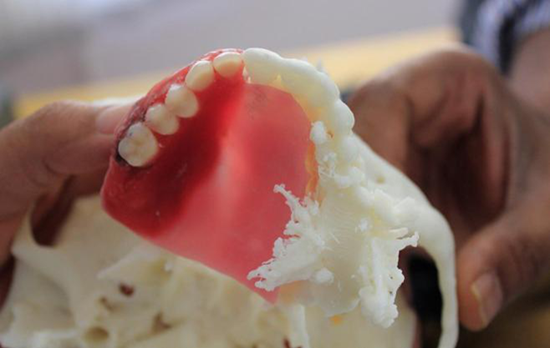

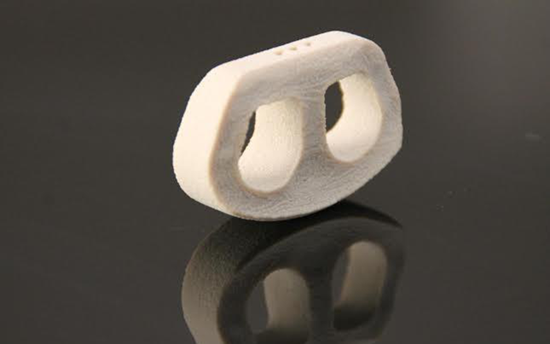
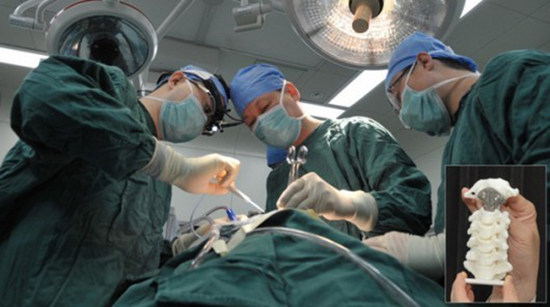
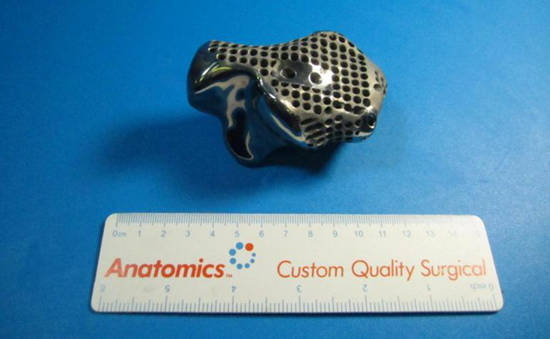
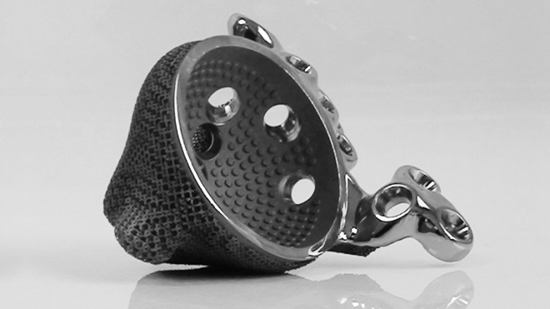
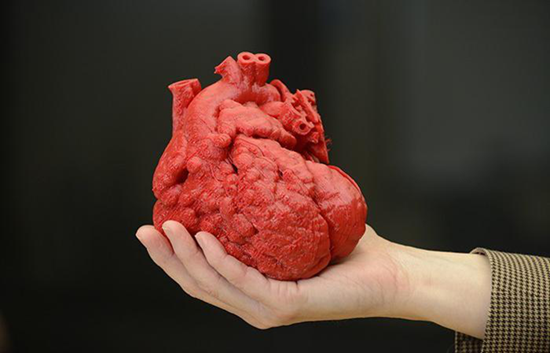
No comments:
Post a Comment
Please adhere to proper blog etiquette when posting your comments. This blog owner will exercise his absolution discretion in allowing or rejecting any comments that are deemed seditious, defamatory, libelous, racist, vulgar, insulting, and other remarks that exhibit similar characteristics. If you insist on using anonymous comments, please write your name or other IDs at the end of your message.